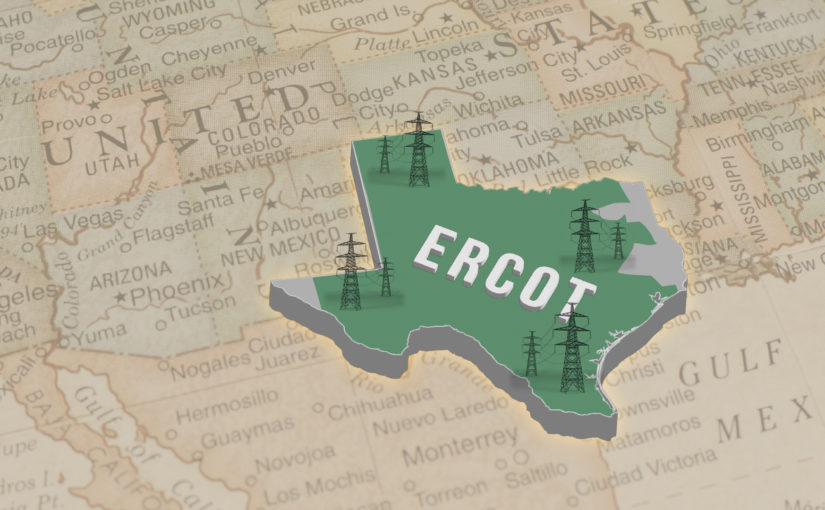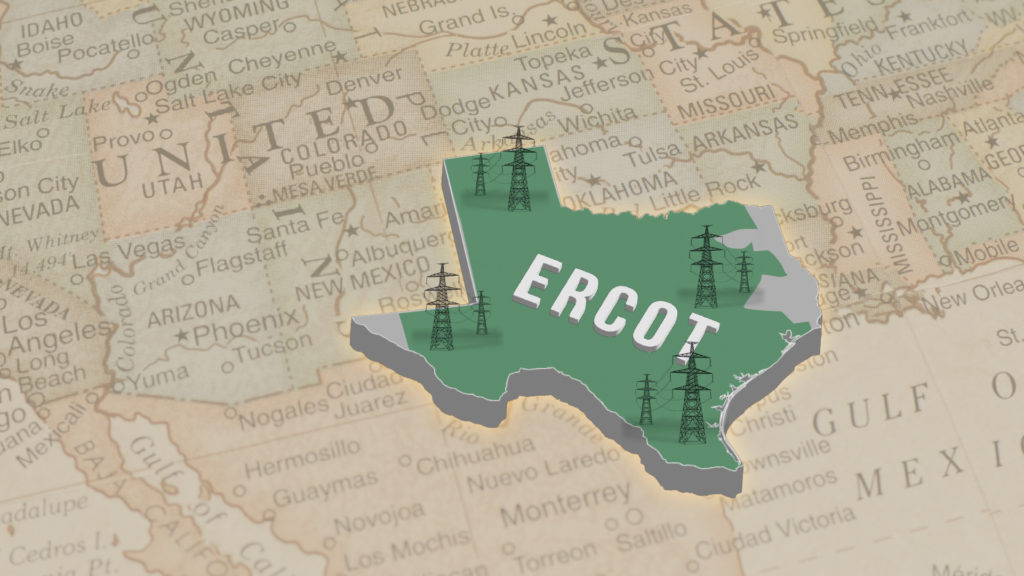Should Texas Connect to the US National Power Grids?


It has been just over a year since Texas suffered rolling blackouts that forced millions of citizens to go without power for days amidst historically freezing temperatures. The unfortunate toll of an estimated $80 to $100 billion in property damage pales when compared to the tragic loss of anywhere between 246 and 702 lives during the storm.
In the year since the blackouts, the topic of ensuring grid reliability within the Lone Star State has been closely examined and hotly debated by Texas’s energy players.
Among the potential solutions is connecting the state’s energy grid–the Texas Interconnection–to the country’s two other power grids–the Eastern Connection, which links suppliers and customers east of the Rockies, and the Western Connection, which links power west of the Rockies.
Currently, Texas relies on a power grid that is separate from the two larger power grids, meaning the state and its grid operator the Electric Reliability Council of Texas (ERCOT) are NOT under the jurisdiction of the Federal Energy Regulatory Commission (FERC), which oversees, among other things, the commerce related to interstate energy transmission.
While remaining autonomous from federal regulation may seem like an altogether core Texan value, the downside of not being connected to surrounding grids is that in the event of a crisis brought about by a lack of available energy resources–as was the case that led to the blackouts in February 2021–Texas can only draw a very limited amount of power from out-of-state sources.
A year removed from the most devastating blackouts in the state’s history, the question facing Texas and its energy players concerning its electric grid and others in the US is…to connect or not to connect?
Would the grid in Texas have failed in February 2021 had it been connected to the rest of the US?
A key advantage of grid connectivity from one state to the next lies in the ability for both states to export and import power as needed based on prevailing conditions.
In a 2021 analysis of five recent severe weather events in the US and their effect on the electrical grid, Michael Goggin of Grid Strategies concluded that had the Texas Interconnection been connected to the rest of the US during Winter Storm Uri, each additional gigawatt of transmission capacity connecting the Texas power grid with neighboring states could have saved nearly $1 billion and kept the heat on in around 200,000 Texas homes.
ERCOT estimates that 1MW of electricity powers about 200 homes during times of peak usage as was the case during the storm. The question during a crisis brought about by extreme regional temperatures is how many MWs (or GWs) of electricity are available to be imported from surrounding states given they are likely affected by similar if not identical extreme temperatures and conditions?
The answer may unfortunately be not enough.
California–a state in which the grid IS connected to surrounding states–found out just how scarce grid resources can be during the west-wide heatwave in August of 2020 that saw scorching temperatures in the triple digits cause spikes in electrical usage throughout the west.
Even though California’s grid connectivity allowed the state to import power resources from surrounding states, there simply weren’t enough available resources to stave off blackouts due to other states in the west dealing with the same heatwave.
One would have to conclude that a winter storm blasting Texas with record low temperatures would contain a spread whose outer bands would also spray Oklahoma or any of the surrounding states, impacting their ability to export significant resources to Texas due to their own electrical demand spiking from citizens trying to keep warm.
Will Texas connect its grid to the rest of the US?
The short answer? It doesn’t look like it. Not anytime soon, anyway.
At the height of the winter storms of this year, Texas Governor Greg Abbott said that Texas has “plenty of power available” and that the state’s power grid was continuing to meet demand.
ERCOT has since reported that there were no significant power outages in Texas during the winter storms this past January and February of 2022, though it’s worth pointing out that this year’s winter was normal compared with last year’s extreme cold.
While the Texas grid may have held strong, this year’s winter did bring tense moments for the grid when natural gas production dropped amidst a cold. The drop, which took place during normal Texas winter weather, has many energy players in Texas questioning whether enough has been done to maintain grid reliability during future extreme weather events.
As for any potential of Texas connecting its grid with the rest of the US, it appears that matter has been settled for at least 2022.
This past February, Public Utilities Commission spokesperson Rich Parsons said in a statement on the future of connecting Texas’s grid to surrounding states, “There are no plans to change the status of the grid.”


